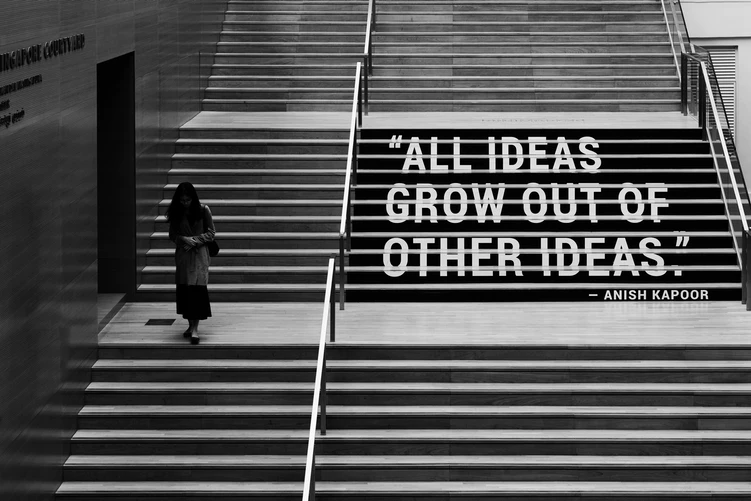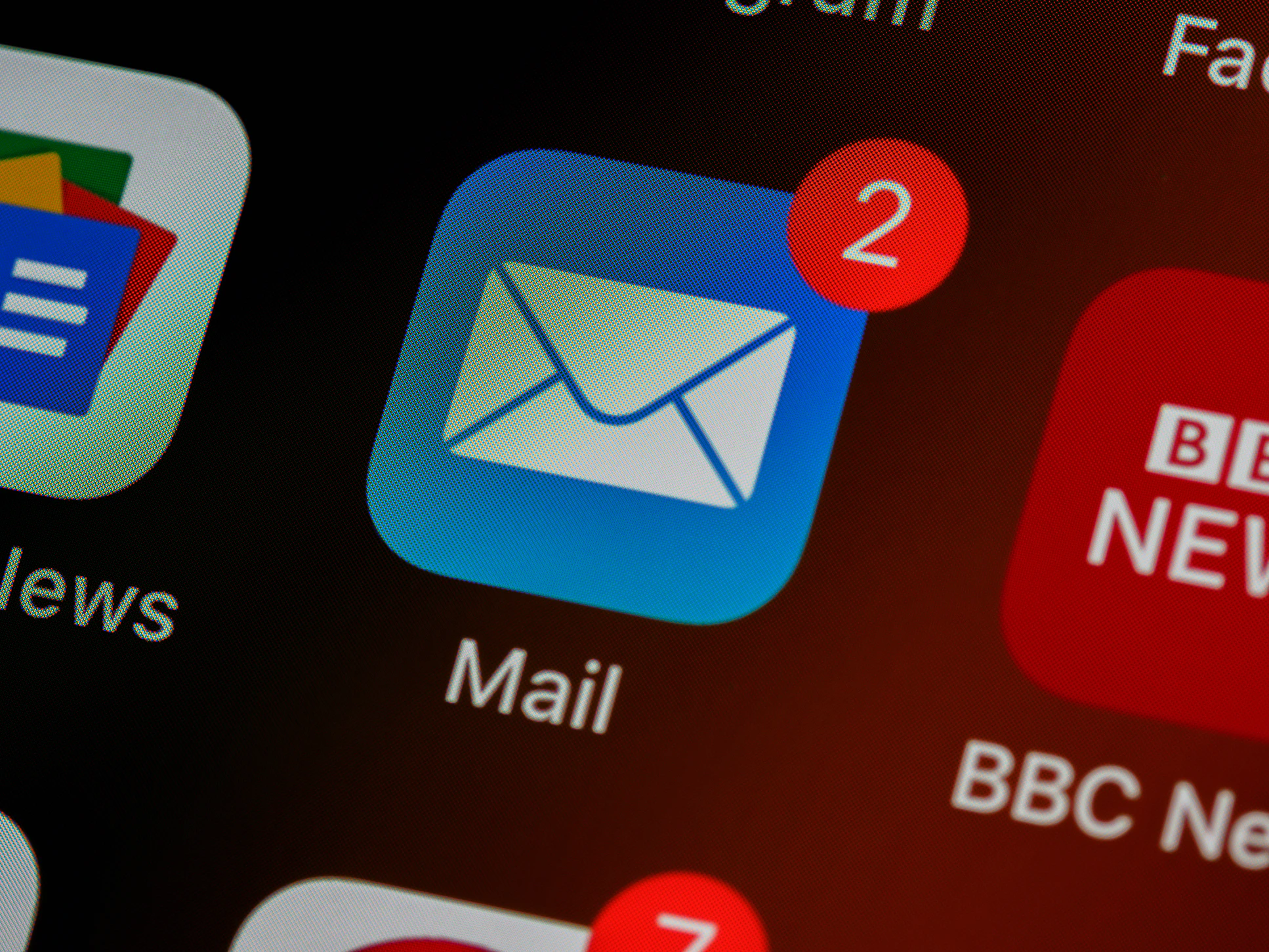Repurposing content for your email marketing campaigns is pretty much exactly what it sounds like. You take a blog post, or Instagram story, or any other marketing material, and you repackage it into an email to send to your customers and subscribers as part of your email marketing strategy.
What are the benefits?
Why spend more time and money producing new content when you can use existing content in new and interesting ways? By doing so, you reduce the amount of money and time spent on producing content.
You reuse perfectly good content, and you recycle (or perhaps upcycle) that content by repackaging it into a new format. You want to keep your brand’s digital experience engaging without being overwhelming. Marie Kondo that stuff.
Instead of trying to continually find snappy, new, attention-grabbing content, you take the more mindfulness-based approach of savoring the (marketing) moment.
Maximize on the work you’ve already done rather than trying to recreate the wheel. You’ve built a really good wheel, you’re allowed to keep using it. When that wheel wears out, use it as a plant pot (metaphorically speaking). Keep track of your marketing results and figure out when that wheel needs to be changed.
You will save a lot of energy and effort if you use the tools you already have, and the best part is that your customers will appreciate it—they also get fatigued from too many new things.
Now let’s take a look at how to do it.
Make a plan
The first thing you want to do is create an email marketing plan. What is your goal? Do you want to make more sales? Generate more visits to your website? Reach a larger audience?
Figuring out what your main goal is will be crucial in clarifying exactly what you want your emails to contain (and who to send them to).
As part of your plan, you also need to make specific sub-goals, and figure out where your email marketing campaign lies within the context of your overall marketing strategy. For example, recycling your content as part of a SaaS retargeting strategy.
Narrow down your audience
Secondly, you want to figure out who you’re targeting with these emails. Is it people who have bought products from you before? People who have entered a competition? People who subscribe to your podcast or blog? You want to narrow down your audience for one big reason: You want to avoid spamming people.
Spamming people could lead to subscibers hitting the “unsubscribe” button, which you can largely avoid by hyper-targeting your audience. This means only sending relevant material to the relevant audience. More isn’t always better. Having a good personalization strategy is key.
Get your content down
Reduce, Reuse, Recycle. This mode of working doesn’t just apply to cardboard and plastic. It is absolutely integral to a sustainable marketing strategy. Continuously churning out brand new content is not sustainable on any front. While it might seem ideal, the whole ‘new is always better’ ethos of yesteryear is well and truly out.
Your content inspiration can come from literally anywhere. You could include some great reviews from customers, a podcast snippet link, a photograph uploaded by a user, a competition, a giveaway—the sky’s the limit!
User-generated content (e.g. photos or videos uploaded to social media which your business is tagged in) can be really engaging and act as authentic and personal advertising. Provided you have the right permissions, you could reshare this content as part of your marketing strategy.
If you have a hashtag you want to get trending, peddling that in your emails could be a good way to keep the momentum going. Cloud RPA is one way to help you analyze your data and figure out which direction to go in with your marketing—what’s working and what’s a dud?
With some nice graphics, you could share data and statistics with your audience in a customer-friendly, eye-catching way. You could also take a still from a video and use that to make an e-poster or banner.
You might also get some inspiration by considering the principles of enterprise search marketing: expertise, authoritativeness, and trustworthiness (or EAT). The key is to focus on high-quality, valuable, and relevant content, which is easy to read.
Maximizing your social media resources is a great way to go. You can see your most popular posts on Instagram, you can even create polls and directly ask your audience what they want to see from you. Engaging with your audience in this way and then recalling that information in emails shows that your business is attentive and takes its customers’ opinions on board.
Keep it simple
You need to have simple processes in place and systemise your business to create seamless continuity across your different communication platforms when repurposing your content for your email marketing campaigns; your emails and your website should feel and look cohesive.
The messages you are trying to put across should also remain simple and coherent as a result. And why does this matter? Well, simpler messages can be easier to remember in our hectic modern lives. They create more straightforward associations.
As a result, this helps in establishing your brand’s story or narrative. You can use the best whiteboard app to collaborate with colleagues across your organization to pull your marketing strategies together.
Your brand’s narrative depends on familiarity; keeping your messaging and style across different platforms consistent will create that familiarity and make it easier for your customers to remember who you are and what you represent.
Carefully repurposing your content in your emails also helps your customers remember that you and your services exist, so if they made a mental note to check out your service earlier that week, this is their little pop-up reminder that could lead them back to you.
So basically, you want to keep your content simple.
So to sum up…
Don’t let that beautiful pun from last month’s social media campaign go to waste or neglect your trending hashtag. Ride that pony into the sunset and enjoy the sustainable fruits of your labor for a longer stretch.


